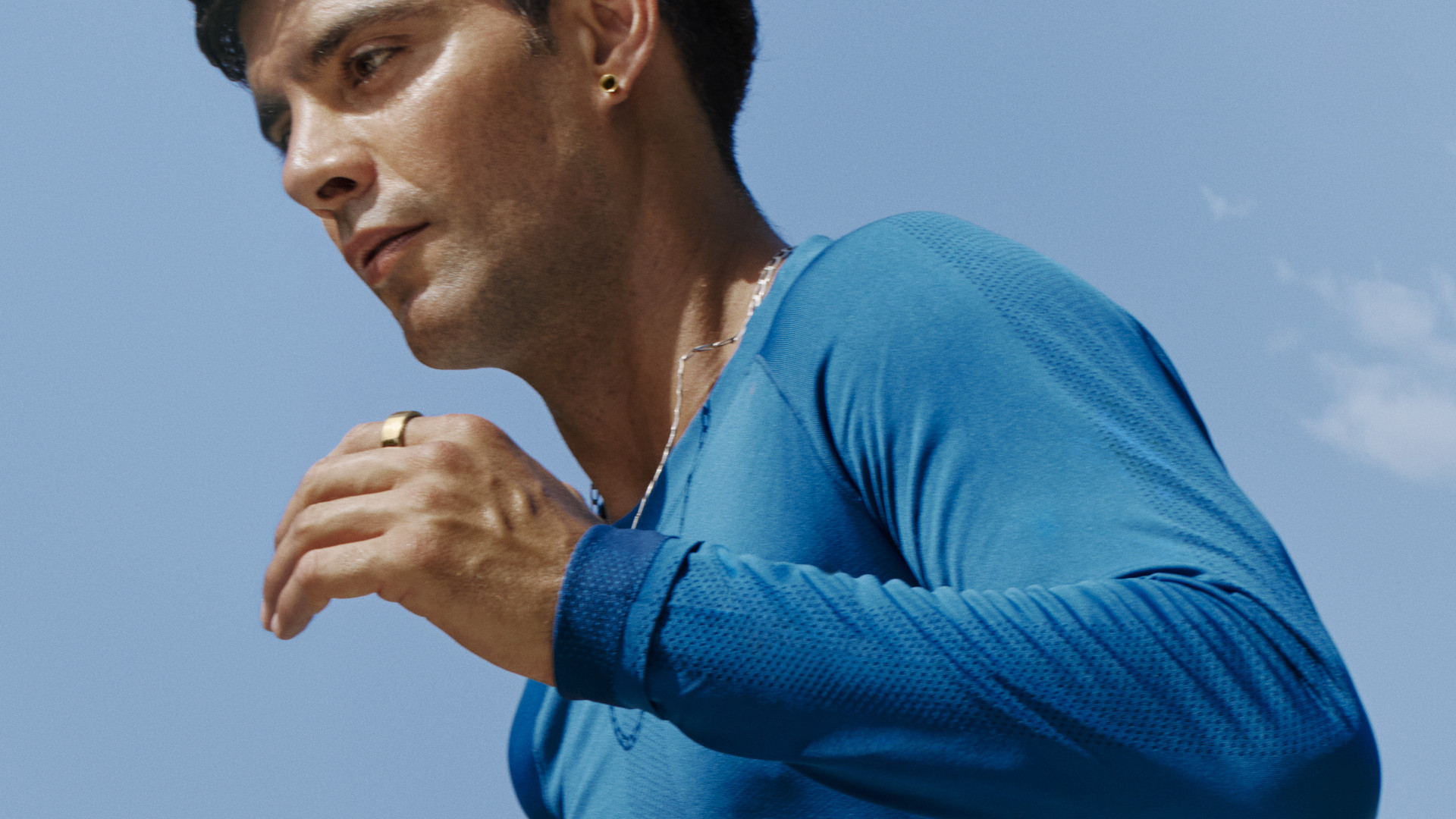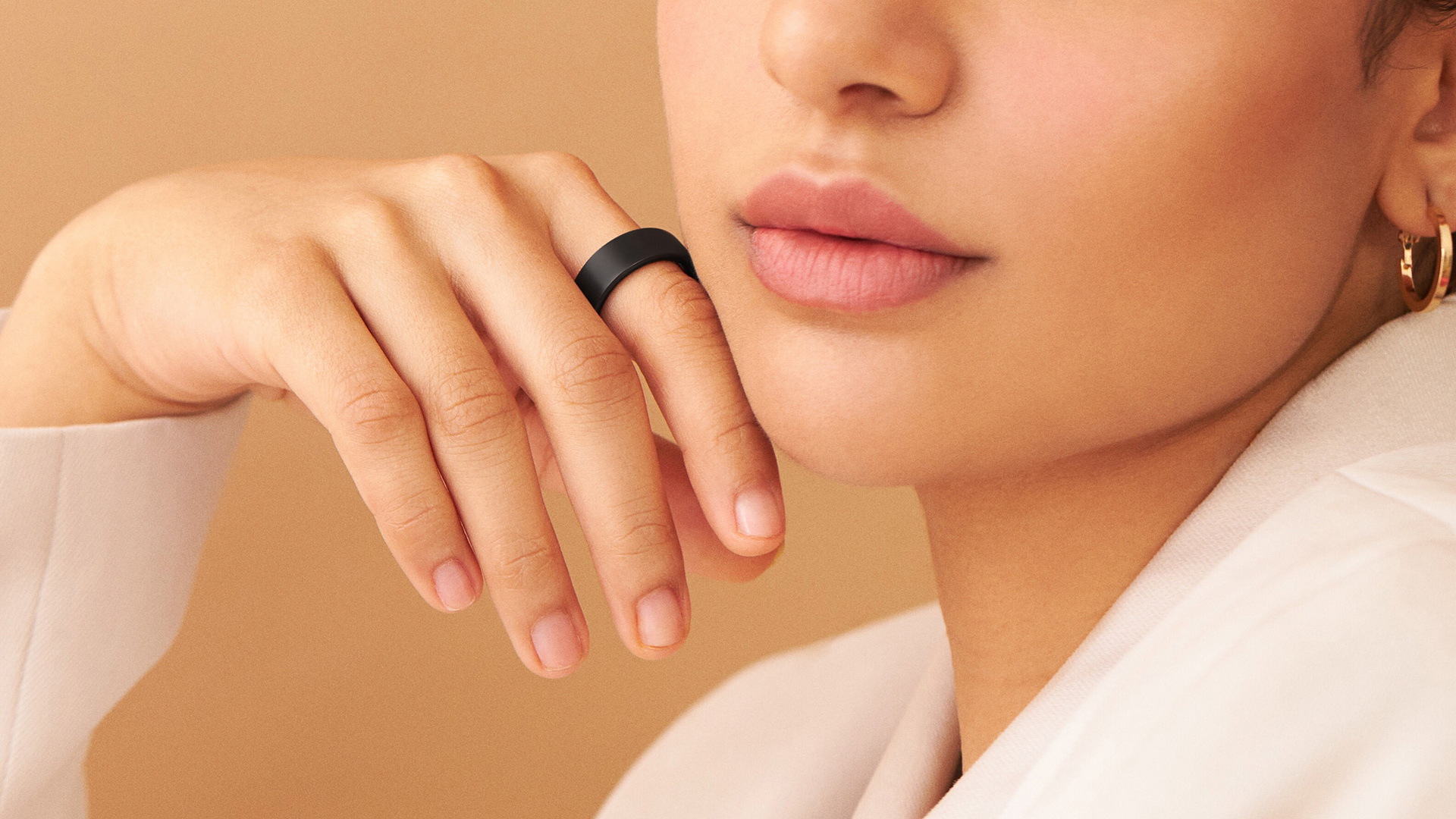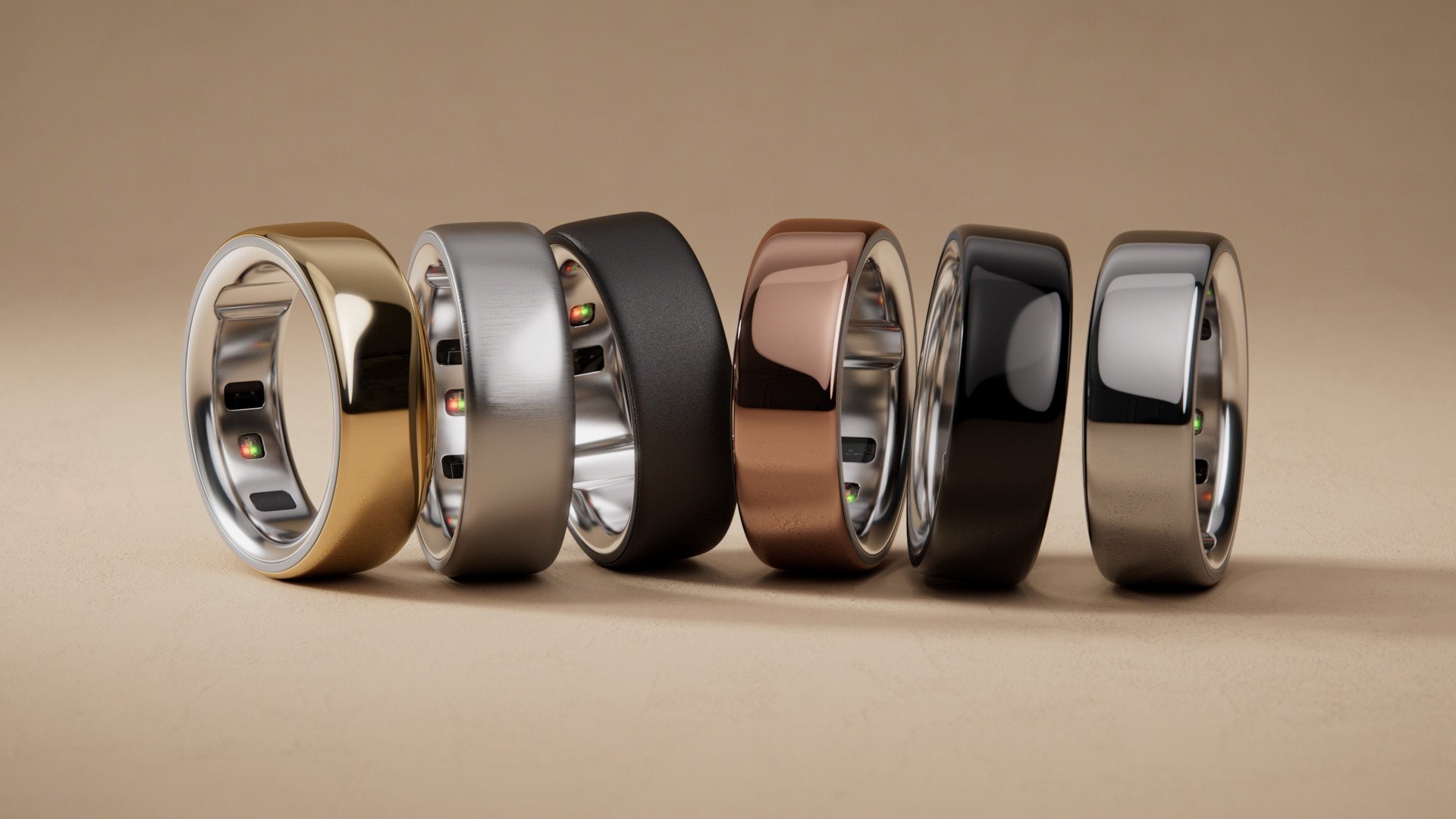
The best smartwatches have long dominated the world of wearables, offering everything from fitness tracking to instant notifications. But a new wave of devices is quietly gaining ground: smart rings.
Sleek, discreet, and packed with powerful sensors, smart rings are increasingly being seen as a more comfortable, minimalistic alternative to traditional wristwear in 2025.
Wearable tech has come a long way from chunky fitness bands and notification-packed smartwatches. Compared to watches and fitness bands, rings deliver a lighter, more seamless experience: no screens, no distractions, just powerful insights on your health and activity
With excellent devices like the Oura Ring 4 and Ultrahuman Ring Air leading the charge, the question is clear: are smart rings now good enough to replace your smartwatch? When will they be?

What smart rings can do
Smart rings may look small, but they are packed with advanced health-tracking tech. Most leading models can monitor your heart rate, sleep stages, readiness levels, and even stress, all without the need for a bulky screen or constant interaction.
Oura's wearable is a prime example, offering in-depth sleep analysis, daily readiness scores, and temperature sensing to detect subtle changes in your body.
Similarly, the Ultrahuman Ring Air focuses on metabolic tracking, aiming to give users a deeper understanding of how activity, recovery, and nutrition affect their overall well-being.
Another standout is the RingConn Smart Ring Gen 2, which emphasises stress tracking and an open ecosystem that lets users access their data without subscription fees – a refreshing change in a market where ongoing costs are common.
This generation of smart rings means that, thanks to their lightweight form, week-long battery life, and growing feature sets, they are no longer niche gadgets and are becoming serious contenders for anyone who wants effortless health monitoring without the bulk of a traditional wearable.

What do smartwatches still do better?
While smart rings have made impressive strides, there are still plenty of areas where smartwatches hold a clear advantage.
Smartwatches remain the kings of connectivity, offering notifications, quick replies, call handling, navigation, and music control, all from your wrist. For many users, especially those who rely on being contactable at all times, this level of interaction is indispensable.
In terms of health features, watches often go further, too. Devices like the Apple Watch Series 10 provide advanced tools such as ECG readings, blood oxygen monitoring, and even fall detection; features that smart rings, for now, cannot match.
The Samsung Galaxy Watch 7 similarly offers an impressive suite of health metrics alongside a traditional smartwatch experience, making it a powerhouse for Android users.
GPS tracking for workouts, standalone apps, and more sophisticated workout modes also remain firmly in the smartwatch camp. If you want to leave your phone behind while running or cycling, a smartwatch is still a better option.

Why smart rings are getting popular right now
Despite their limitations, smart rings are quickly carving out a loyal following, and it’s easy to see why.
As the trend towards minimalism grows, many users are looking for ways to monitor their health without the constant presence of screens and notifications. Smart rings offer exactly that: discreet, uninterrupted health tracking.
Physical comfort also plays a major role. Rings are far lighter and less intrusive than even the slimmest smartwatches, making them ideal for 24/7 wear.
Discretion is another key factor. For those who prefer not to advertise that they’re tracking their steps, heart rate, or sleep patterns, a ring offers a level of privacy that a watch simply cannot match. It also avoids wearing an expensive gadget on your wrist out and about.
With more brands like Evie entering the market and improving the technology, smart rings are fast becoming a serious option for those who want a stripped-back yet insightful wearable experience.

Smart ring limitations might be a dealbreaker
As impressive as smart rings have become, they are not without drawbacks.
The most obvious limitation is the absence of a screen, which means no notifications, no quick glance updates, and no on-the-fly interactions. If you want to check a message, dismiss a call, or control your music, you’ll still need to reach for your phone.
Fitness tracking, while strong in areas like sleep and daily activity, is less reliable when it comes to detailed workout metrics. Most smart rings do not track exercises like running or cycling with the same precision as a smartwatch equipped with built-in GPS.
Sizing can also be a hurdle.
Rings like the Oura Ring 4 require a custom sizing kit before purchase to ensure the perfect fit, which adds an extra step to the buying process. Get the fit wrong, and the ring can either feel uncomfortable or deliver inaccurate data.
Finally, costs can creep up. Although some models like the RingConn avoid subscription fees, others require a monthly membership to unlock their full suite of features.

Should I buy a smart ring?
Smart rings have made incredible progress in a short space of time, offering health tracking that rivals many wrist-worn devices, in a form factor that’s lighter, more discreet, and easier to wear around the clock.
For users who are mainly interested in monitoring their sleep, activity levels and overall wellbeing without constant notifications, a smart ring like the Oura Ring 4 or Ultrahuman Ring Air could already serve as a complete replacement for a smartwatch.
However, for those who rely on their smartwatch for communications, navigation, or detailed fitness tracking, rings are not yet a true substitute.
The lack of on-screen interaction, exercise specificity and comprehensive health features means watches like the Apple Watch Series 10 and Samsung Galaxy Watch 7 still hold a significant edge.
With every new model improving accuracy, battery life and sensor technology, it’s clear that rings are not just a passing trend; they are shaping the future of wearable tech.
Whether you see them as a complement or a full replacement, smart rings are firmly here to stay, and they are only going to get smarter.







